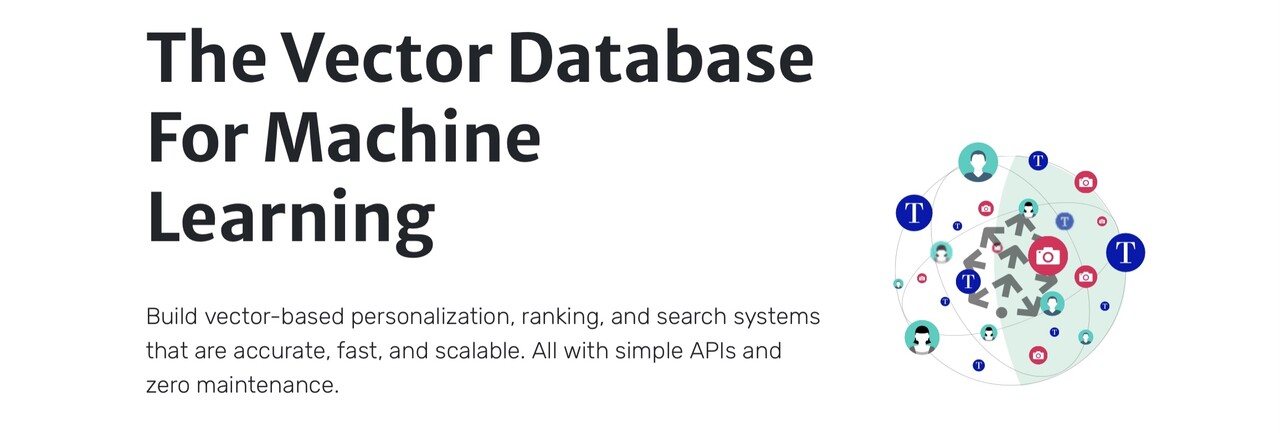Unlocking the Power of Pinecone: Vector Database for Node.js

Introduction:
In the realm of data management, Pinecone has emerged as a powerful vector database solution, enabling efficient storage, retrieval, and similarity search of high-dimensional vectors. With its seamless integration with Node.js, Pinecone empowers developers to harness the potential of vector-based applications. In this blog post, we will explore the capabilities of Pinecone vector database and how it can be leveraged in Node.js environments. Join us as we dive into the world of Pinecone and Node.js to unlock the power of vector-based data management.Understanding Pinecone: A Next-Generation Vector Database Introduce readers to Pinecone, explaining its core features and functionality as a vector database. Highlight how Pinecone handles high-dimensional vectors and supports fast similarity search operations. Explore the advantages of Pinecone's indexing mechanisms and its ability to handle large-scale vector datasets efficiently.
Integrating Pinecone with Node.js: Seamless Vector-Based Data Management Discuss the seamless integration of Pinecone with Node.js and the benefits it offers to developers. Explain how Node.js applications can utilize Pinecone's APIs and SDKs to store, retrieve, and search vector data effortlessly. Demonstrate the ease of integrating Pinecone into existing Node.js projects and showcase code examples for common operations.
Leveraging Pinecone's Advanced Search Capabilities Highlight Pinecone's advanced search capabilities and how they can enhance Node.js applications. Discuss the powerful similarity search algorithms and explain how they enable accurate and efficient retrieval of similar vectors. Explore scenarios where Pinecone's search capabilities can be utilized, such as recommendation systems, content similarity analysis, and anomaly detection.
Scaling and Performance Optimization with Pinecone and Node.js Address the scalability and performance aspects of using Pinecone in Node.js environments. Discuss Pinecone's ability to handle large-scale vector datasets and its support for distributed systems. Explore strategies for optimizing performance, such as parallel processing and caching, and how they can be applied in Node.js applications.
Real-World Use Cases: Pinecone and Node.js in Action Illustrate real-world use cases where Pinecone and Node.js shine together. Showcase examples in various domains, such as e-commerce, image recognition, natural language processing, and recommendation systems. Discuss how Pinecone's vector database capabilities integrated with Node.js can deliver tangible benefits and drive innovation.
Best Practices and Tips for Pinecone and Node.js Integration Provide best practices and practical tips for effectively integrating Pinecone with Node.js. Cover topics like data preprocessing, indexing strategies, and query optimization. Share insights on handling updates and maintaining data consistency within Pinecone's vector database.
Conclusion:
Pinecone's vector database brings the power of efficient vector data management to Node.js applications. By seamlessly integrating Pinecone into your Node.js projects, you can leverage the advanced search capabilities and scalability of Pinecone to unlock the full potential of vector-based data. Embrace Pinecone and Node.js to elevate your applications, deliver personalized experiences, and unlock valuable insights from high-dimensional data.Contact US
(Make your ideas a digital success story!)
With our expertise, adaptability, and commitment to excellence, we're the perfect partner for your next project. Shall we get started?
Email: info@buildingdots.com
Email: +91 70153 36689